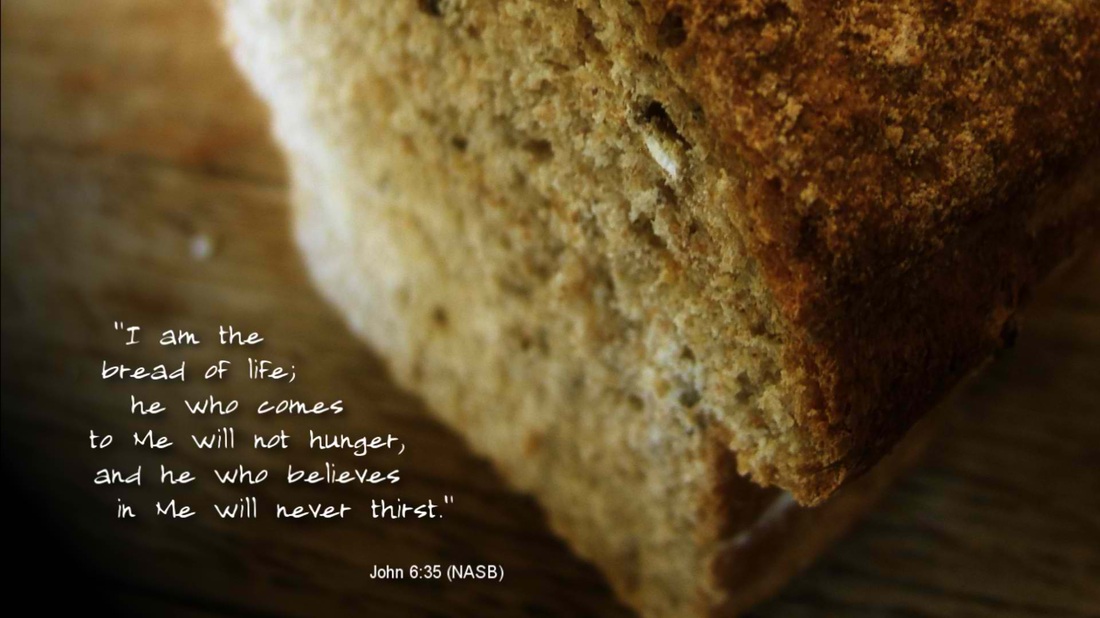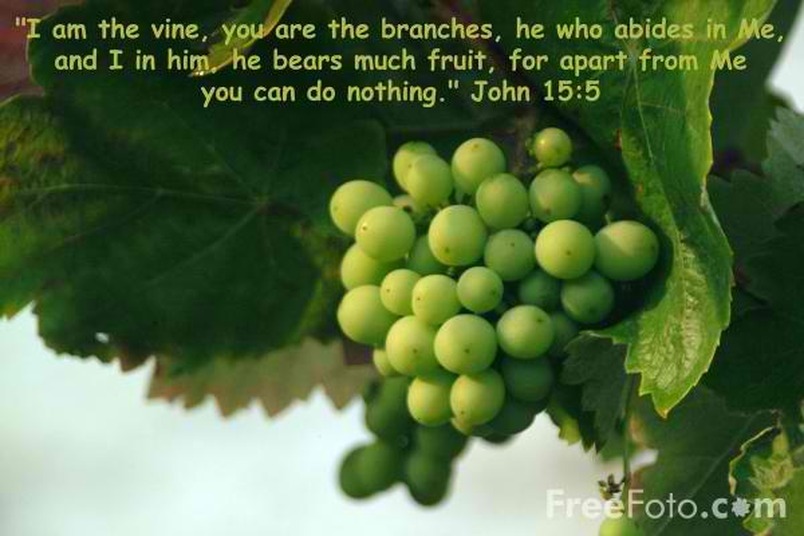The Gospel of John

The Gospel of John was greatly influenced by the Old Testament. The prologue, with its account of the origin of light and life, is evocative of the Genesis account of creation. Reminders of the Passover also occur frequently in John. His name means "The Lord is gracious."
The author is the apostle John, "the disciple whom Jesus loved." He knew Jewish life well and referred often to Jewish customs. John's account has many touches that were obviously based on the recollections of an eyewitness. The date of writing was probably about A.D. 85 or a little later.
The author is the apostle John, "the disciple whom Jesus loved." He knew Jewish life well and referred often to Jewish customs. John's account has many touches that were obviously based on the recollections of an eyewitness. The date of writing was probably about A.D. 85 or a little later.
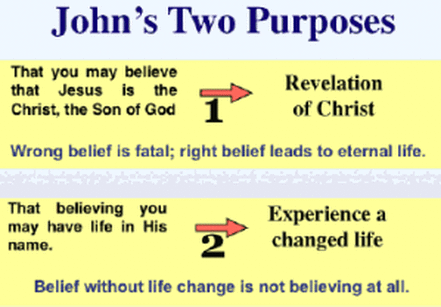
The writer states his main purpose clearly in 20:31. He may have had Greek readers mainly in mind, and his primary intention was evangelism. John's purpose is not so much to present new evidence as it is to clarify issues on which the evidence will be either accepted or rejected. He writes not so much to inform the reader as to confront him with the necessity to "believe." The changed life is a result of being a new creation in Christ. (2 Corinthians 5:17)
John uses the word “Believe” 98 times and the word “Life” 36 times, in an effort to embed the importance that one must believe in order to live eternally.
John uses the word “Believe” 98 times and the word “Life” 36 times, in an effort to embed the importance that one must believe in order to live eternally.
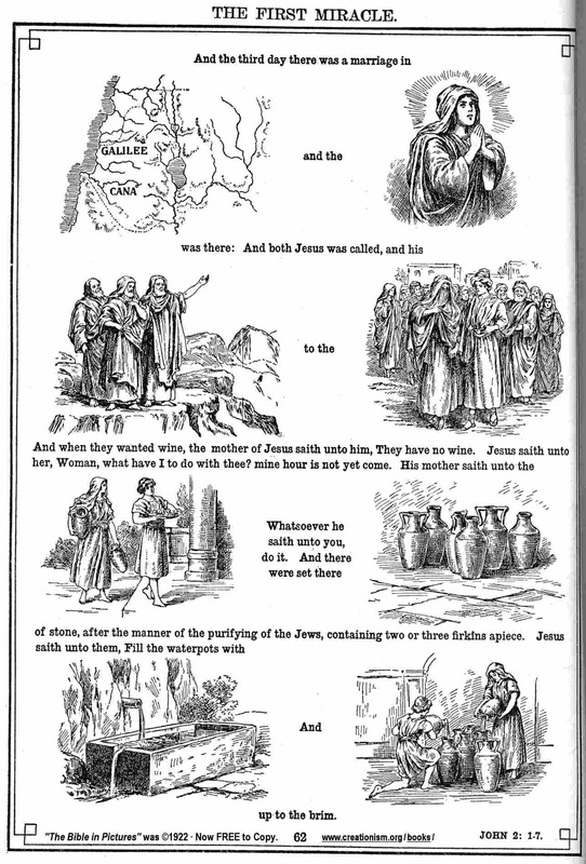
I. Prologue (1:1-18)
II. Beginnings of Jesus' Ministry (1:19-51)
III. Jesus' Ministry: Signs and Discourses
(2:1-11:57)
IV. Passion Week
(12:1-19:42)
V. The Resurrection (20:1-29)
VI. Statement of Purpose (20:30-31)
VII. Epilogue (21:1-25)
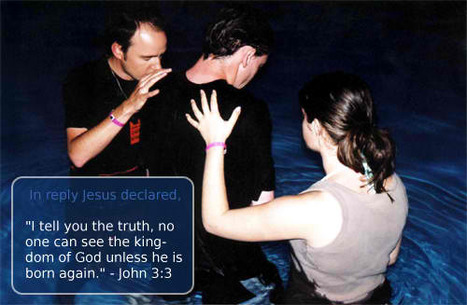
Chapter 1 is the preamble of the Messiah’s coming ministry. John gives clear evidence that Jesus is more than just a man, “In the beginning was the Word and the Word was with God, and the Word was God” (1:1). John then describes that the “Word” is Jesus who became a man to “live among
us” (1:14). The beginning verses of the first chapter teach us that Jesus is
more than just a man who came into existence but rather, He is infinite God.
us” (1:14). The beginning verses of the first chapter teach us that Jesus is
more than just a man who came into existence but rather, He is infinite God.
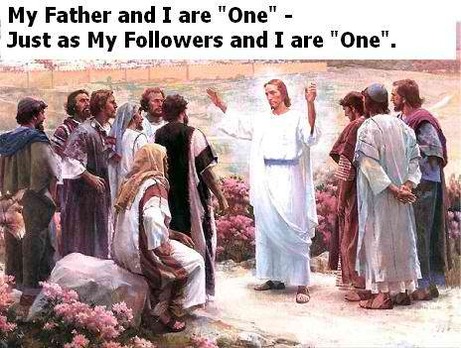
Chapters 2-12 consist of Jesus’ ministry. He meets with a religious leader named Nicodemus and teaches him that no one can enter the Kingdom of Heaven unless
they have a personally “Born-Again” (3:3). Several times throughout the book, Jesus claims that He Himself is God, “I and the Father are one” (10:30). Jesus also repeats to Himself, the Jehovaic statement, “I AM” as found in Exodus 3:14, for example, when Jesus declares, “I am the resurrection and the life” (11:25), “I am the way the truth and the life” (14:6), “I am the door” (10:9), "I am the vine and you are the branches" (15:5), and “I am the bread of life”(6:35).
they have a personally “Born-Again” (3:3). Several times throughout the book, Jesus claims that He Himself is God, “I and the Father are one” (10:30). Jesus also repeats to Himself, the Jehovaic statement, “I AM” as found in Exodus 3:14, for example, when Jesus declares, “I am the resurrection and the life” (11:25), “I am the way the truth and the life” (14:6), “I am the door” (10:9), "I am the vine and you are the branches" (15:5), and “I am the bread of life”(6:35).

The events in Chapters 13-17 occur less than 24 hours before Jesus’ death. They describe the details of the Last Supper with Jesus and His disciples. Jesus taught many important topics to the disciples during this time. Some of these were topics about the Kingdom, and about the work of the Holy Spirit that would be sent to them. He also prays for Himself, His disciples, and for all the future believers.
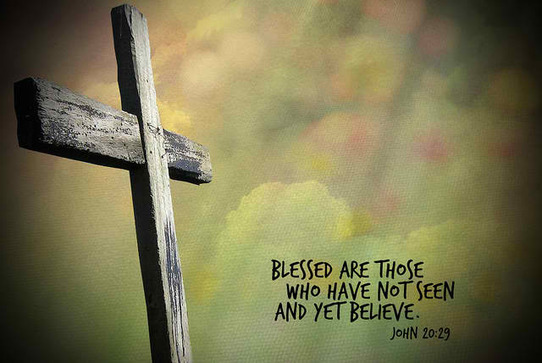
Chapters 18-21 portray the death, burial, and resurrection of Jesus Christ. In these final chapters, He is on trial and then convicted illegally. After which He is appallingly beaten, humiliated, and then crucified. Jesus resurrected and arose from the tomb and appeared to Mary Magdalene and to His disciples. When John finishes his gospel he writes one of the most amazing truths about Jesus Christ, “And there are many other things which Jesus did, which if they were written in detail, I suppose that even the world itself would not contain the books that would be written”(21:25).
continue to Acts...
continue to Acts...
